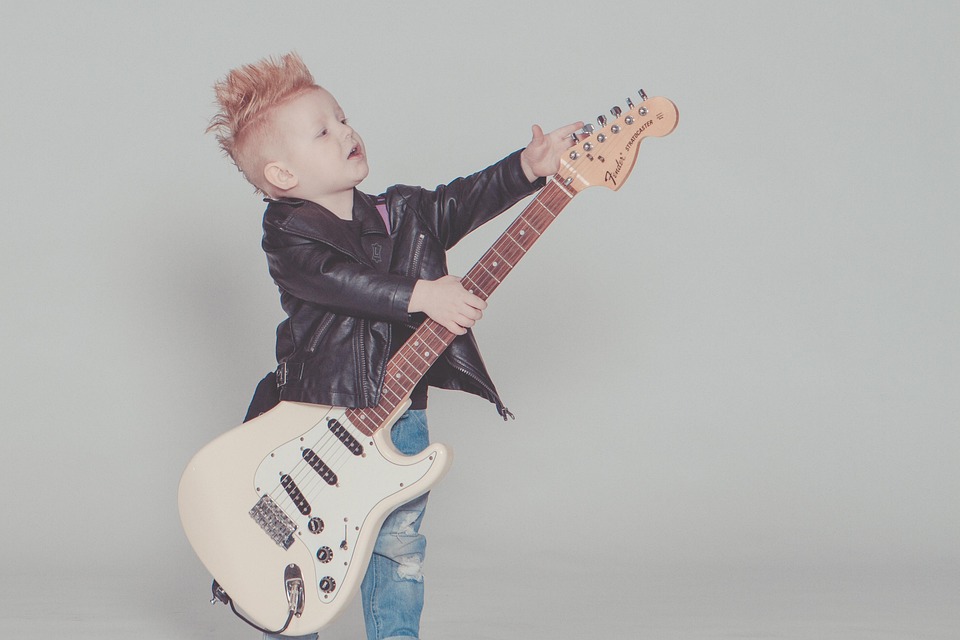In the world of music production, sound quality is paramount. BandLab, a popular online music creation platform, allows users to record and produce music easily. However, to achieve the best sound quality, you need to adjust your microphone settings correctly. This guide will walk you through the steps to optimize your microphone settings in BandLab.
Understanding Microphone Settings
Before diving into the specifics of changing microphone settings in BandLab, it’s essential to understand what these settings are and how they affect your recordings. Microphones capture sound and convert it into an electrical signal, which is then processed by your software. Factors such as input level, gain, and audio quality settings play a crucial role in the final output.
Improper settings can lead to issues such as distortion, background noise, or a weak recording. Therefore, having a good grasp of microphone settings will help you troubleshoot problems and enhance your overall sound quality. BandLab provides a user-friendly interface to help you navigate these settings easily.
Setting Up Your Microphone
To start recording with BandLab, you first need to ensure that your microphone is set up correctly. Begin by connecting your microphone to your computer or device. If you are using an external USB microphone, plug it into a USB port. For standard XLR microphones, you will need an audio interface to connect to your computer.
Once your microphone is connected, it’s vital to select it as the input device in BandLab. To do this, open BandLab and go to the settings menu. Here, you should see an option for audio settings where you can select your microphone from the list of available devices. Make sure it is set as the default input device to ensure that BandLab captures your voice accurately.
Adjusting Input Levels
Input levels are crucial for achieving optimal sound quality. If the input level is too low, your recordings may sound weak and lack presence. On the other hand, if the level is too high, you risk distortion and clipping, which can ruin your audio quality. In BandLab, you can adjust the input level directly in the audio settings.
To adjust the input level, locate the microphone input slider in BandLab’s interface. Start by speaking or singing into the microphone at the volume you plan to use during recording. Gradually increase the input level until you see the audio meter reaching around -6 dB to -12 dB. This level generally provides a good balance between clarity and avoiding distortion.
Using Gain Control
Gain control is another critical factor in achieving optimal sound quality. Gain refers to the amount of amplification applied to the microphone signal. It’s important to understand that gain is not the same as volume; instead, it affects the sensitivity of the microphone. High gain settings can amplify background noise, while low settings may not capture your voice adequately.
In BandLab, you may find a gain control option in the audio settings. Adjust the gain while monitoring your recording levels. Ideally, gain should be set so that your voice is clear, and any background noise is minimized. As with input levels, aim for your audio meter to peak around -6 dB to -12 dB during your loudest moments.
Choosing the Right Audio Quality Settings
In addition to input levels and gain, BandLab allows you to select audio quality settings that can significantly impact your recordings. The audio quality settings determine the sample rate and bit depth of your recordings. A higher sample rate and bit depth result in better sound quality but may require more processing power from your device.
For most music production, a sample rate of 44.1 kHz and a bit depth of 24 bits is sufficient. These settings provide a good balance between sound quality and system performance. You can find these options in the audio settings menu in BandLab. Always ensure that your settings match the capabilities of your microphone and audio interface to prevent any compatibility issues.
Utilizing Noise Reduction Features
Background noise can significantly affect the quality of your recordings. BandLab offers various noise reduction features that you can utilize to enhance your audio. These features help to eliminate unwanted sounds, such as hum from electrical devices, traffic noise, or even echo in a room.
To use noise reduction in BandLab, first, record a few seconds of silence with your microphone. This silence provides a baseline for the software to detect background noise. After recording, navigate to the audio effects section and apply noise reduction effects. Adjust the settings to find the right balance, ensuring that your voice remains clear while background noise is minimized.
Testing and Final Adjustments
Once you have configured your microphone settings, it’s essential to conduct a test recording. Play back the recording to evaluate the sound quality. Listen for clarity, background noise, and any signs of distortion. If necessary, return to the settings to make adjustments until you achieve the desired sound quality.
Don’t hesitate to experiment with different settings. Sometimes, minor tweaks can lead to significant improvements in your recordings. Remember that each microphone and recording environment is unique, so what works for one setup may not work for another. Trust your ears and adjust accordingly.
Conclusion
Optimizing your microphone settings in BandLab is vital for achieving high-quality recordings. By understanding key concepts such as input levels, gain control, and audio quality settings, you can greatly enhance your music production experience. Utilizing noise reduction features and conducting test recordings will further help you refine your sound.
Overall, taking the time to adjust these settings can make a significant difference in the clarity and professionalism of your music. Whether you’re a beginner or a seasoned musician, mastering these techniques will elevate your recordings and allow you to express your creativity fully. Happy recording!
FAQs
What type of microphone is best for recording in BandLab?
The best type of microphone for recording in BandLab depends on your specific needs. Condenser microphones are generally preferred for vocals due to their sensitivity and clarity, while dynamic microphones are great for instruments and live performances.
Can I use BandLab on a mobile device?
Yes, BandLab is available on both desktop and mobile devices. The mobile app provides many of the same features as the desktop version, making it easy to record and edit music on the go.
Is it necessary to use an audio interface with my microphone?
It is not always necessary to use an audio interface, especially if you are using a USB microphone that connects directly to your computer. However, for XLR microphones, an audio interface is required to convert the analog signal to digital.
How can I reduce latency while recording in BandLab?
To reduce latency in BandLab, you can lower the buffer size in the audio settings. A smaller buffer size decreases the delay between your performance and what you hear, but it may increase the risk of audio dropouts if your computer struggles to keep up.
Can I apply effects to my recordings in BandLab?
Yes, BandLab offers a range of audio effects that you can apply to your recordings. These effects include reverb, compression, and equalization, which can enhance the overall sound quality of your music.

